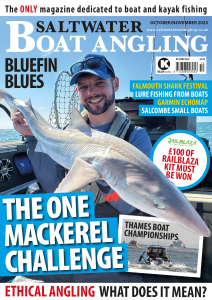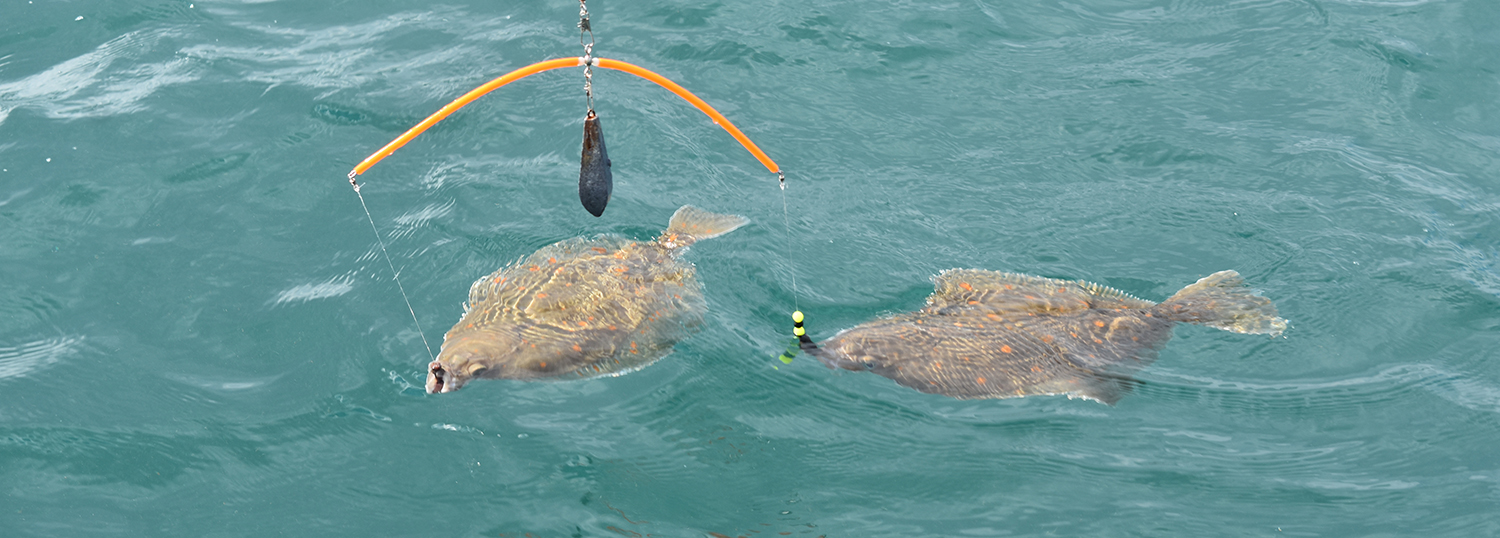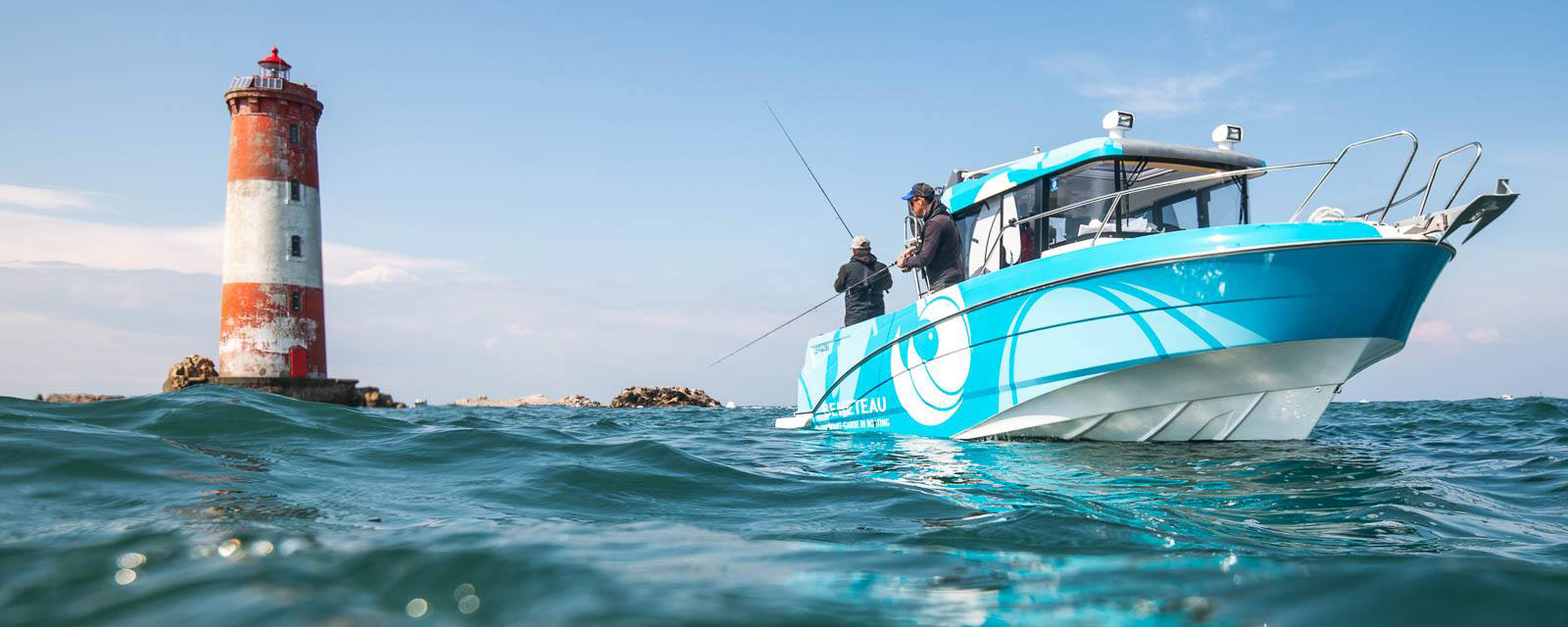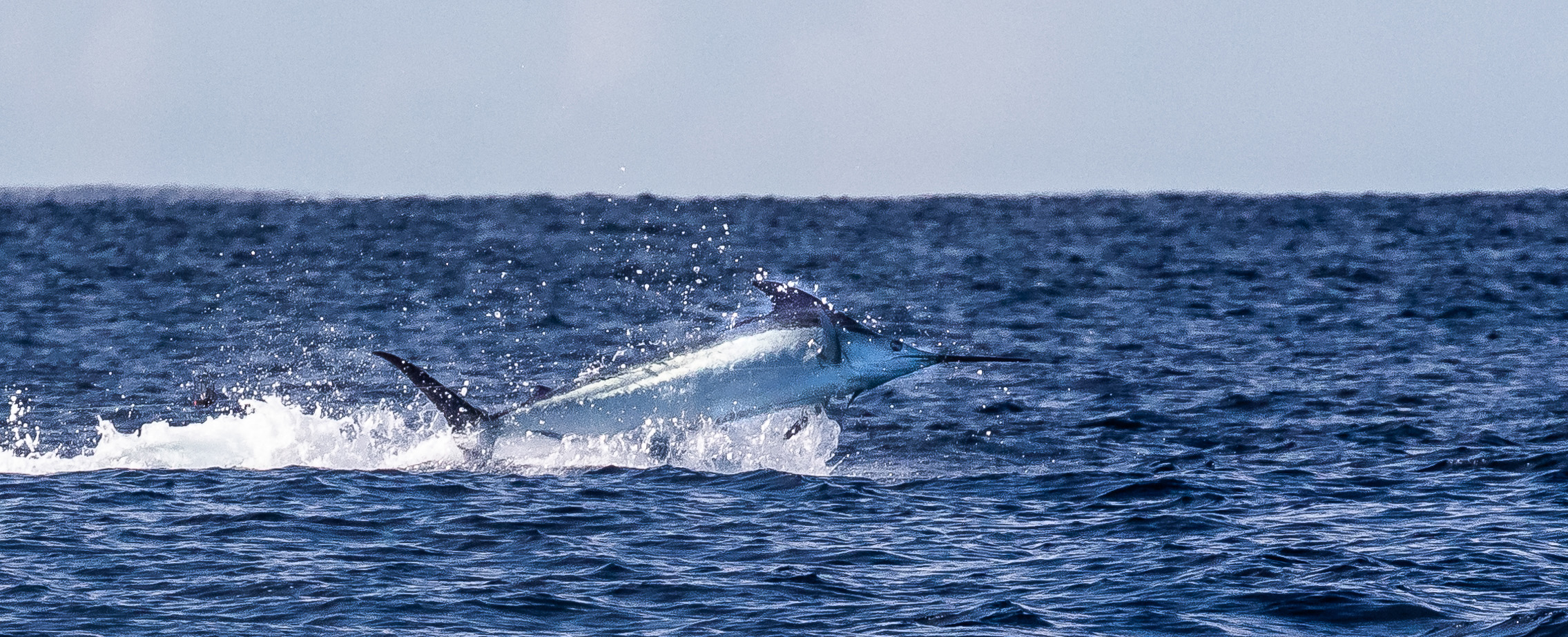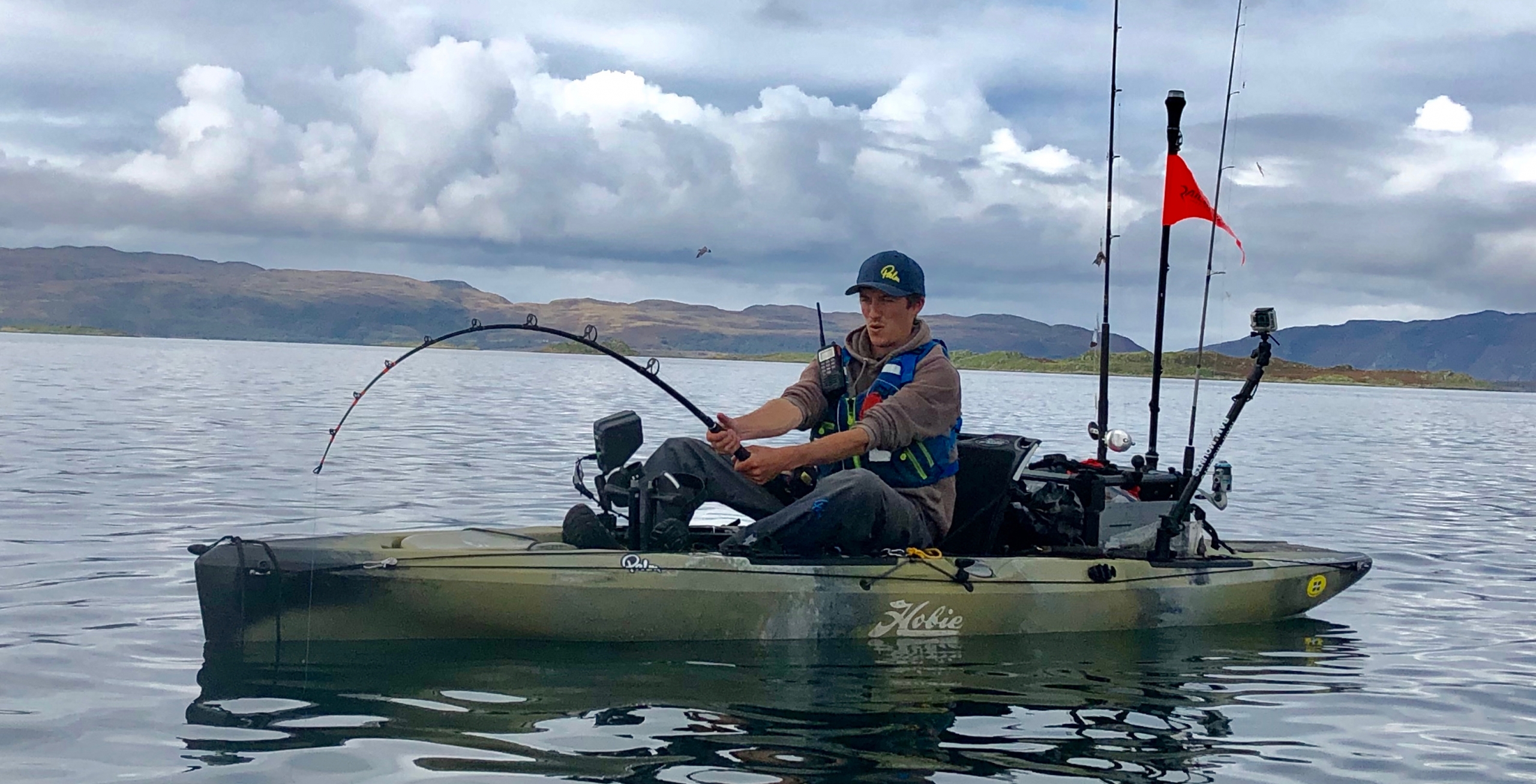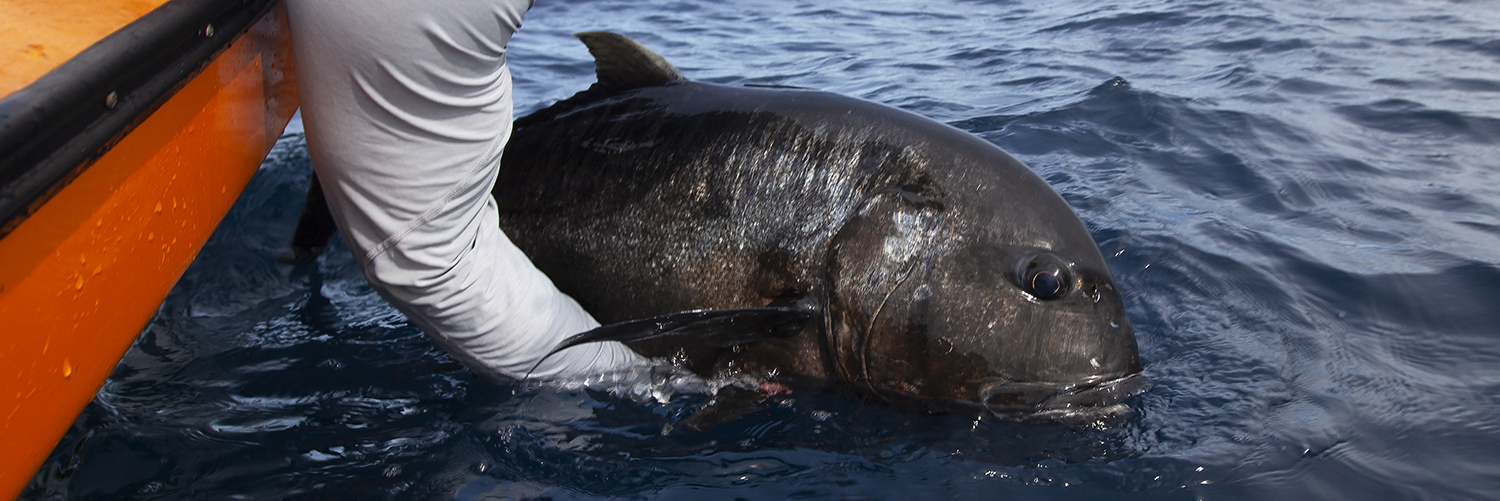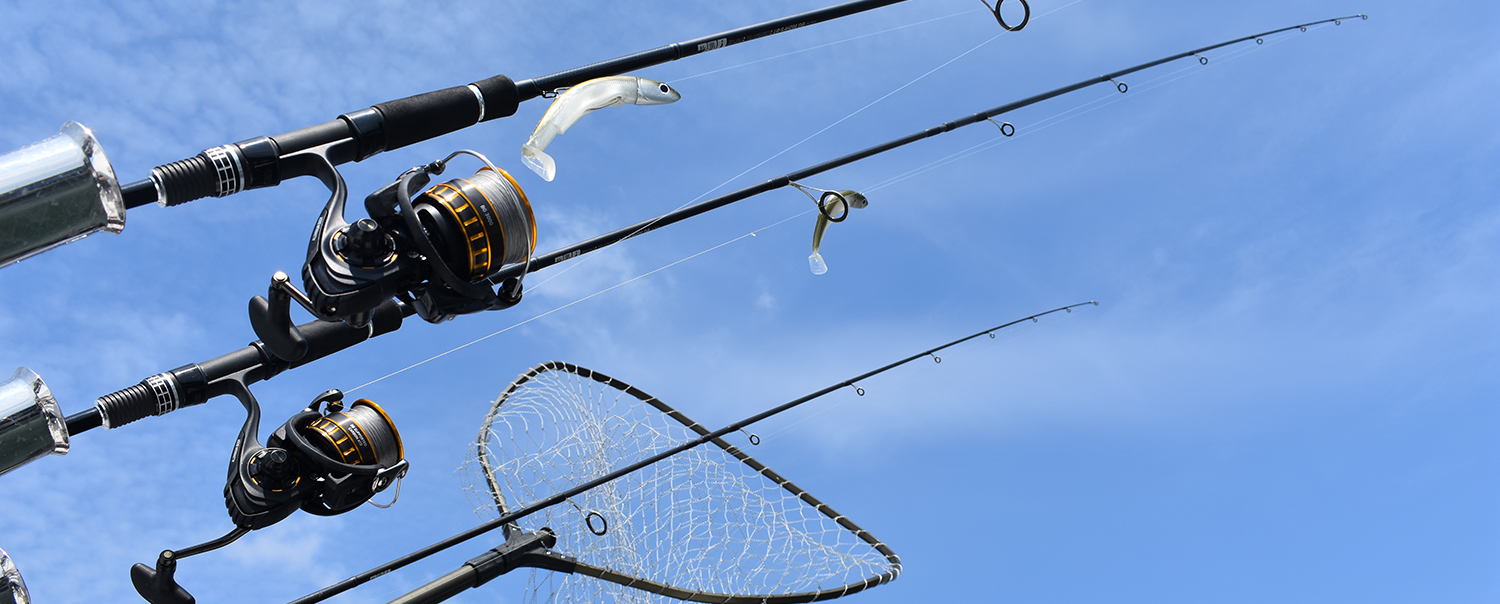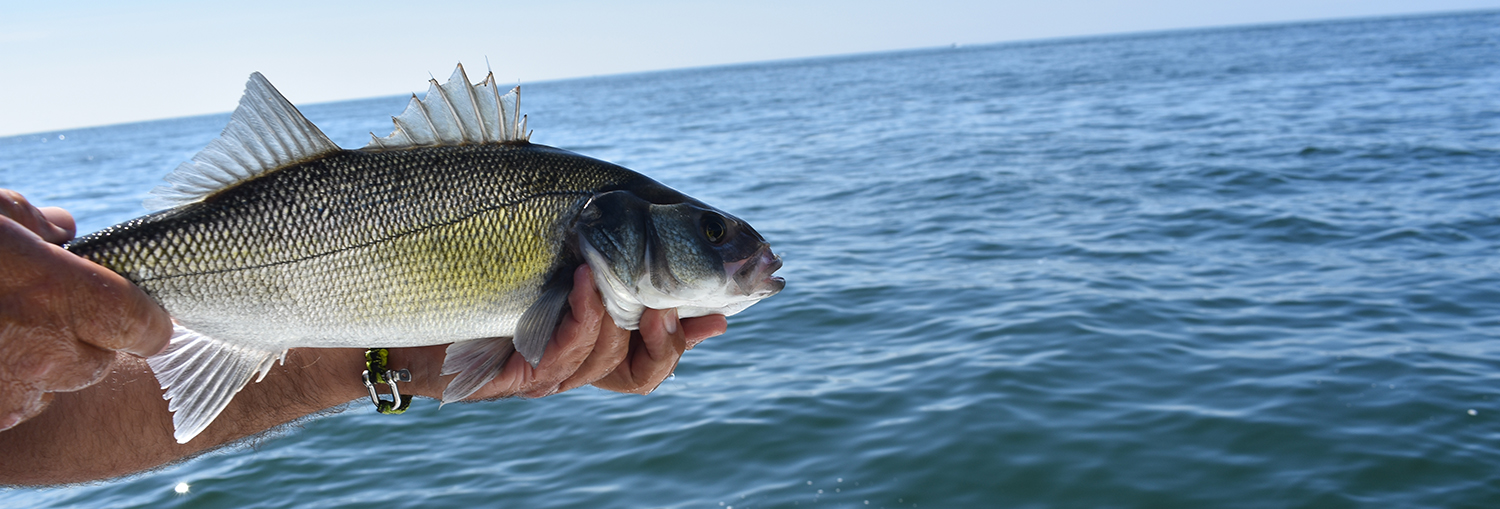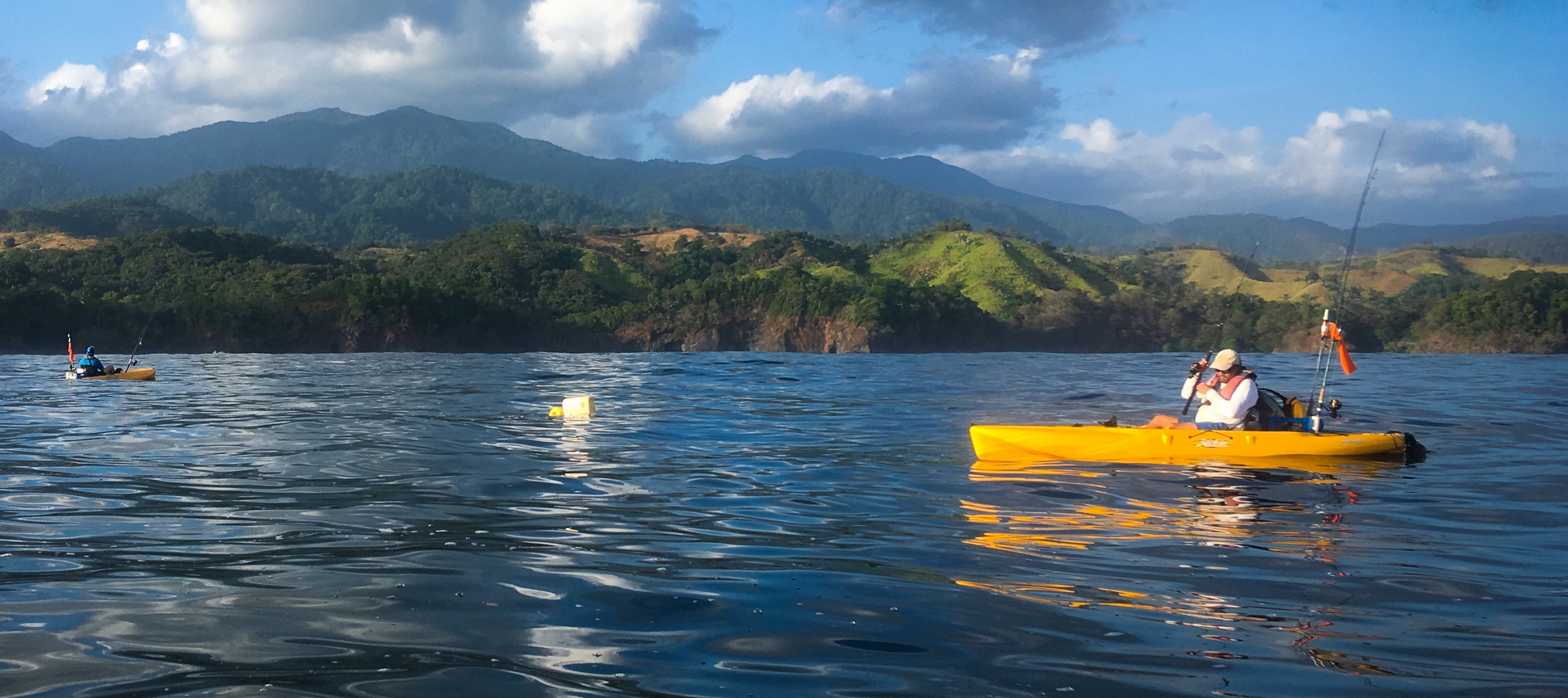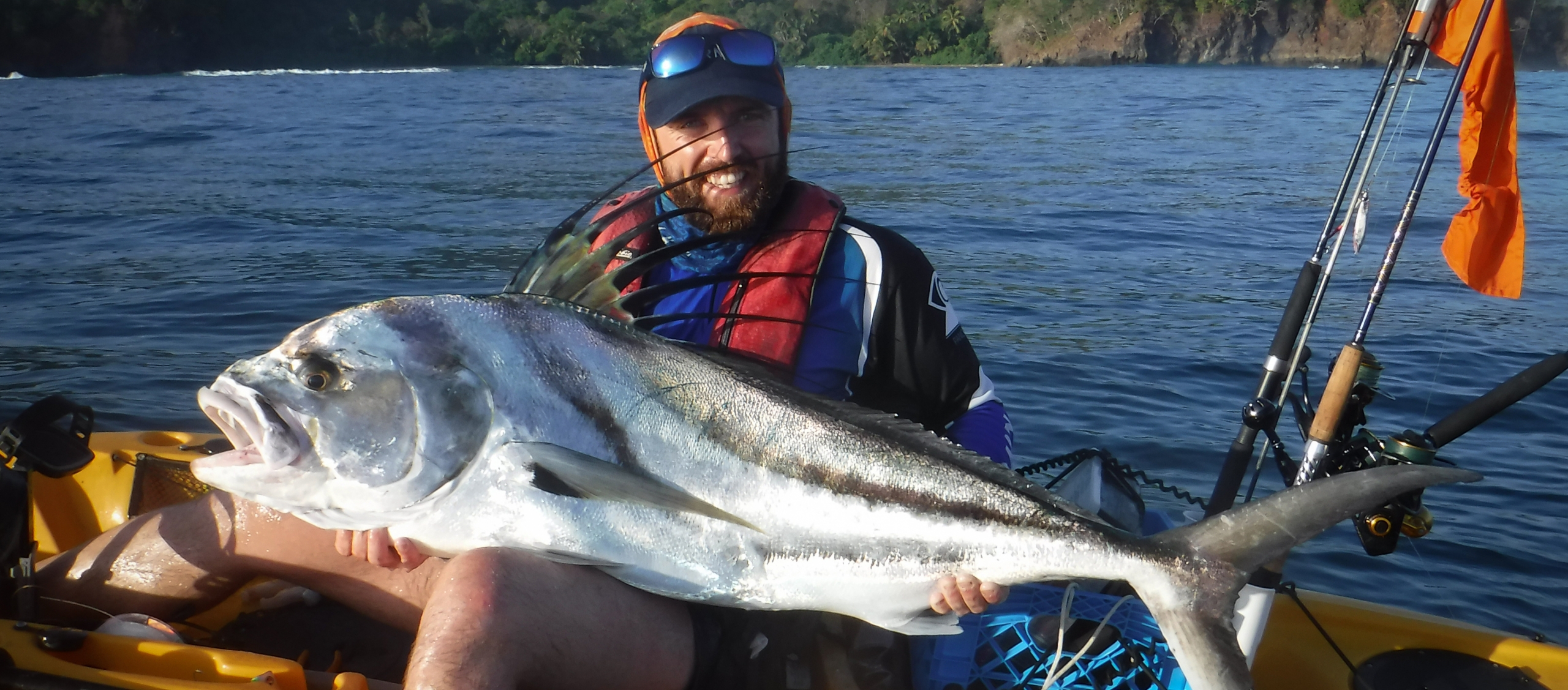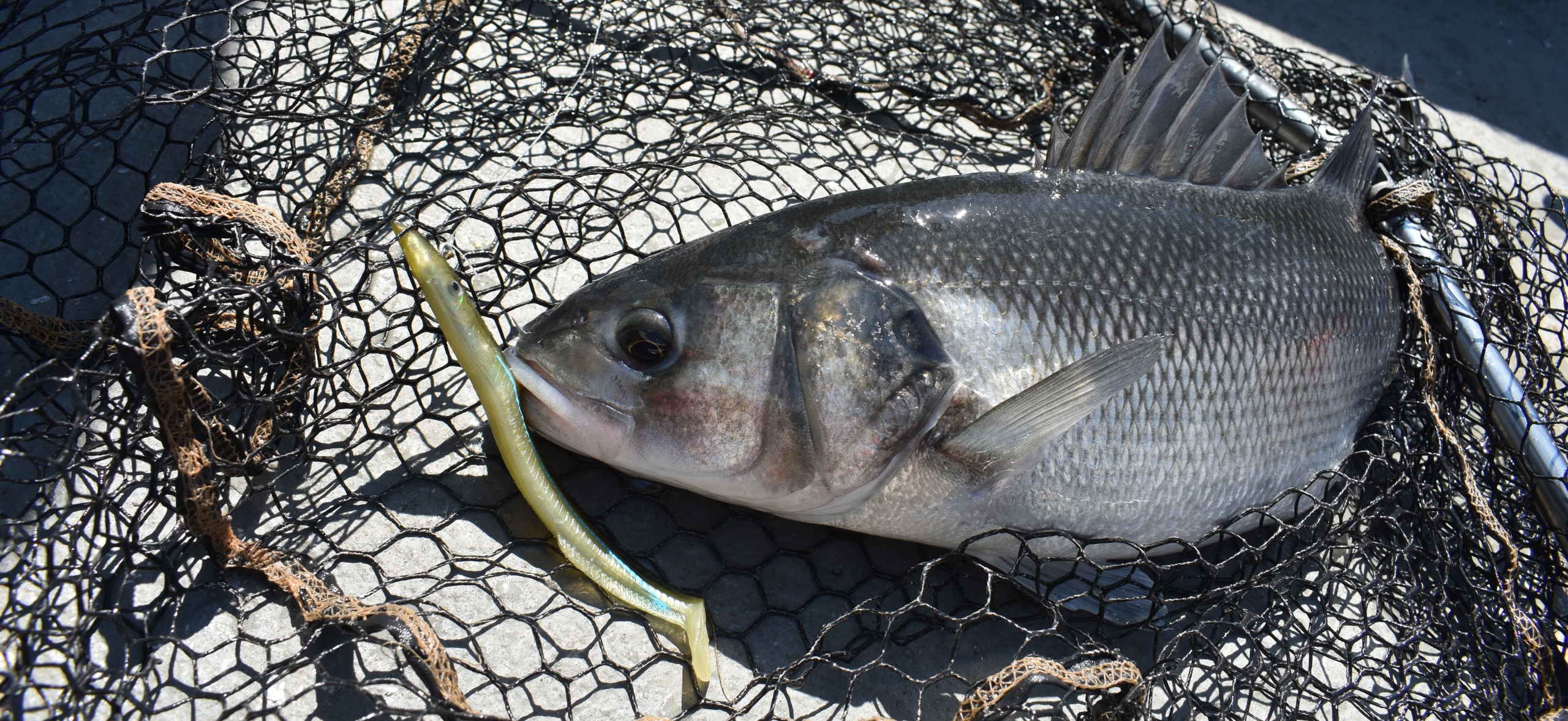BlueFin Tuna UK founder and campaigner Steve Murphy goes into detail about the current guidelines for catching and landing these fabulous sport fish now gracing our waters with increasing frequency.
In July, for the fifth year running, large Atlantic bluefin tuna began appearing in the western waters of the UK. If the last few years are anything to go by, substantial numbers of bluefin will be present by mid/late August and with us for several months into the autumn.
The UK currently has no share of the Global quota for Atlantic bluefin, administered by the species global management body, ICCAT (International Commission for the Conservation of Atlantic Tunas), and as such cannot authorise any commercial or recreational targeting of the species, even for catch and release. The UK Marine Management Organisation deems such targeting of bluefin to be illegal unless conducted as part of an authorised and controlled research program.
Ensuring the best survival prospects
The purpose of this article is to help anglers who may encounter bluefin as bycatch this summer and to ensure the best possible survival prospects for these iconic fish, should you hook one. This is not designed as a masterclass in fighting these huge, powerful fish, or a detailed biology lesson in what happens to them physiologically during capture. The aim is to give a few pointers on what to do if you hook one, and if you get one boat-side, the crucial things you can and should do that will really help with their prospects of surviving after release.
Multiple studies show that mortality of large Atlantic bluefin in recreational fisheries can be kept at or below 5%. They are a robust species if simple guidelines are followed. We should all do our best to do that.

Bringing bluefin boatside:
These big strong fish require adequate tackle if you are to have any chance of bringing one boat-side and avoiding being spooled. If you regularly fish for sharks in areas with a high risk of accidental bluefin capture you should seriously consider upgrading your fishing tackle.
- An absolute minimum of 50lb class gear should be used.
- If you are not already using circle hooks for your sharking, you should switch now. The benefits for shark and bluefin survival rates are substantial.
- If you are sharking and see bluefin in the vicinity, consider pulling your gear in and waiting for them to pass.
Despite the best efforts of anglers not to catch them the risk of a hooking up a tuna is increasing each year. The first thing you’ll know about it will be your rod buckling over and reel screaming as line pours off at 30-40mph. ALWAYS secure your rods/reels to the vessel with safety straps.
Playing the fish out
If you do hook up then have your first key decision to make. Should you max out the drag and break off, or keep the fish attached? If you are using long wire traces whilst sharking, breaking off will likely result in 10-15ft of wire being left attached to the fish, plus any mainline beyond the break. This is not good for the fish or the wider environment. The least-worst solution under these circumstances is to try and play the fish out and bring it to the boat.
Unstoppable runs
Whatever you do, remember that you won’t be able stop the fish on that first run and in most cases that first run will stop after 100-200 yards. The key from here is to apply the maximum pressure your gear can allow. One thing to avoid at all costs is what we call ‘walking the dog’. This means applying little or no pressure to the fish, rods unbent, and following fish around with the boat. It will not bring the fish boat-side and is not good practice. With under-gunned tackle, following the fish might be the best way to avoid getting spooled. However, the angler playing the fish must keep the rod loaded, continuously applying maximum pressure. (If you slack off and the rod unloads, the skipper will have to cut the gas to allow the fish to re-load the rod).
Side one
Another key tip is to use the boat to try and fight the fish from the side, rather than having it run directly away from you. This requires the skipper turning the boat accordingly. If you let the line go slack and fish is facing directly away from the rod tip it will increase the risk of tail wrapping, with an increase in risk of mortality. This also has the advantage of reducing the fish’s ability to bring all its muscle sets to bear, and may help reduce the fight time. At some stage the fish is likely to go deep and start to pinwheel. There is no real alternative but to try and corkscrew the fish up through the water with brute strength and a bit of technique. Visualise a clockface. When the fish is moving away from you, from the six o’ clock to twelve o’clock position, try to hold the fish and lose little or no line. As it reaches 12 o’clock and starts to come back towards you, drop the tip, gain line and lift. Short fast pumps are the key to gaining line on bluefin. Slowly you will regain line and be able corkscrew the fish up in the water. This is the most brutal and painful part of the fight. If you have to swap with another angler then do it. The priority is not the bragging rights of the angler but getting the fish boat-side in a reasonable timeframe.
Leadering the fish
The angler must constantly communicate with the helm to ensure the boat moves away if the fish dives under the hull, and as the fish nears the surface, bump the boat away a little ready for bringing it to the boat or what we call leadering. Leadering big, powerful fish can be dangerous if done incorrectly. Use heavy gloves, and do not take a wrap of the leader around your hands. Always be prepared to release if the fish gets its head down and wants to run. Once you get the fish’s head up near the surface, it is very difficult for them to get downward momentum from their stiff bodies. Edge the fish boat-side hand over hand and secure the leader.
Don’t bring the fish on board
Under NO CIRCUMSTANCES should you bring the fish onboard. Experienced tagging teams do it but they have the training, the specialist lip gaffs, us the transom door, the wet padded mats, the saltwater irrigation etc.. The accidental capture of a bluefin is not illegal, but boarding a fish is specifically precluded under UK regulations. Once you have the fish boat-side, knock the boat into gear and initially edge forward at 1-2 knots. Swim the fish on the hook and leader. Lip gaffing bluefin brings significant risks of hitting multiple blood vessels, or even the gills so avoid doing this under any circumstances. Leave lip gaffing to the experts like Adrian Molloy who lip hooked the fish in this image alongside with specialist gear. This period is now the most important phase for ensuring survival of the fish. Do it right and even for a fish having been fought for extended periods, their survival prospects are very, very good. Multiple studies show mortality of between zero and 5% is the norm under these circumstances.
Simple Bluefin physiology.
There is a lot of misinformation and downright mythology about what happens to bluefin during rod and line capture. Lurid talk of them ‘boiling in their own blood’ is frankly nonsense with no basis in fact. In short, the capture process can reduce the fish’s Oxygen levels and that of a substance called ATP. That combination can help kickstart a process that drives a cycle of physiological changes. If not halted and reversed they may compromise the survival prospects of the fish.
The good news is that simply helping to restore oxygen levels will short circuit this cycle and ensure those very feasible and desirable high survival rates. Bluefin have huge gills and can extract uniquely high amounts of O2 from the water and stabilise their physiology quickly if treated properly.
How do you do that?
Well, you simply have to swim the fish at a speed and attitude that aids reoxygenation. Attitude? Bluefin at boat-side will lay on their side. Do not lift the head too far out of the water or the uppermost gills will not get a good water flow over them.
Speed. Once held well boat-side, (cleat your line or wrap it around a boathook handle etc), and slowly increase your speed to 4-6 knots. Swim into the tide, reducing speed if necessary, and take care in big seas. Keep the fish from contact with the hull. You may have to swim the fish for 8-10 minutes before it’s ready for release. At the very minimum, 4-5 minutes, even if the fish is showing signs of recovery.
When to release? The first signs of recovery will be an increasing fluttering of the lateral fins. Do not release as soon as you see this. Keep swimming the fish. It will soon start to try and roll upright, with an increasing tailbeat. It will be fairly obvious once the fish is truly ready for release. Do not cut short this process. It is absolutely crucial to ensure that high survivorship we all want and that is achievable with the right process. Once ready to go, you can ease the pressure on the hook-hold by backing off the gas. This allows the fish to ease forward on the leader and will aid in removing the hook. Circles will very consistently hook in the scissors, aiding removal.
I hope this article is of use to those of you who encounter these amazing fish in our waters. This is a complex subject, and more detailed information can be found on our website, www.bluefintuna.co.uk
Treat them well, they deserve it. The sight of a huge iconic fish powerfully swimming away is one of the most amazing and satisfying sights in saltwater fishing.
